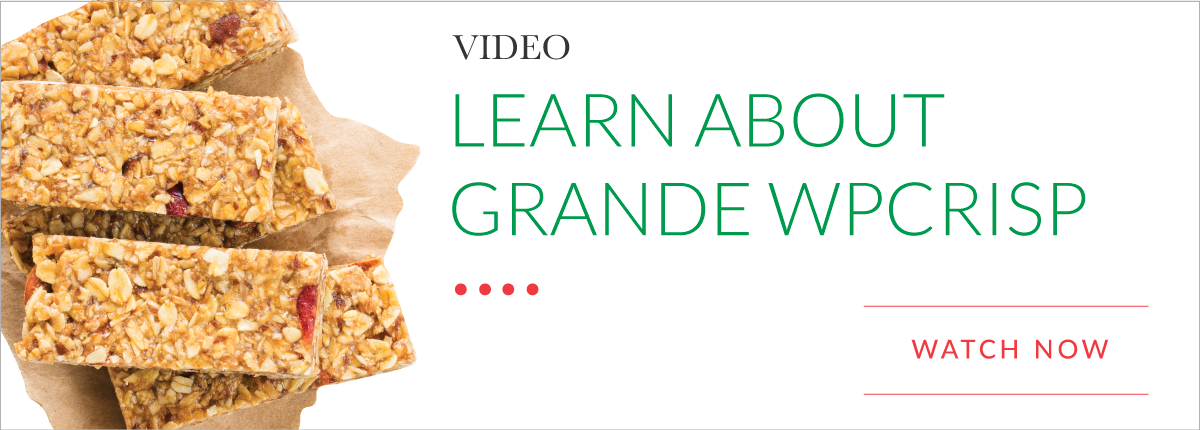 We’re getting a lot of questions lately about whey protein’s potential application in products for kids – specifically, products that satisfy the flavor demands unique to kids yet with more nutritional value than the foods they typically gravitate toward, like cookies, chips and candy bars. It seems even the youngest generations (or more accurately, their parents) are understanding the long-term negative effects of sugar, salt and fat in popular treats and want something that contributes positively to health and well being.
We’re getting a lot of questions lately about whey protein’s potential application in products for kids – specifically, products that satisfy the flavor demands unique to kids yet with more nutritional value than the foods they typically gravitate toward, like cookies, chips and candy bars. It seems even the youngest generations (or more accurately, their parents) are understanding the long-term negative effects of sugar, salt and fat in popular treats and want something that contributes positively to health and well being.
These days, everyone is eating on the go, grabbing something quick and convenient as they head to and from work, at work, after workouts and more. And even kids are getting in on the action, grabbing something tasty while at school or during after-school activities. Sometimes the packaged snacks kids pick are smart – like yogurt, fruit, or veggies – but more often they’re just looking for something to fill them up, and only temporarily so, like breakfast bars, salty snacks or, worse, sugary treats.
These kids (those under 13) present a huge opportunity for food manufacturers: satisfy the need/desire to snack with something that tastes great, while assuring parents that the snack is delicious and healthy. We’re talking about creating energy (protein or snack) bars specifically for kids.
Differentiating Protein Products for Kids is Key
Why can’t young ones just grab the same energy bars their parents are eating? A few important reasons: First, for it to appeal to kids, an energy bar’s ingredients have to be “kid-friendly.” For example, if that energy bar uses pea or soy protein, kids will likely be turned off by the metallic or “off” taste these impart. A better option is whey protein, like Grande WPCrisp® whey protein crisp, which has a neutral taste and an appealing crunchy texture.
Secondly, flavor profiles and inclusions should be adjusted to better fit children's preferences. Rather than an adult-centric profile like crème brulee flavor, for instance, you’d want to create flavors in line with what kids know and enjoy, like a chocolate milk shake. Finally, kids have to be marketed to differently. Energy bars promoted as benefitting bodybuilding efforts, as an example, won’t resonate with parents purchasing snacks, but “good-for-you fun” will.
The most nutritionally sound energy bar for kids will be one with a practical balance of protein, fat, fiber and carbohydrates. Many adult protein bars are chock-full of protein (some have nearly 20 grams per bar) yet kids don’t need as much protein. Often adult bars have a deficit of fiber or fat, too, to address specific needs and while adults can easily supplement to achieve the right percentages for their bodies, kids can’t.
It would be tempting for manufacturers to include plenty of sugar to make energy bars even more tempting for kids, but that defeats the purpose of a nutritious snack. Sweetness should be attained the natural way through honey, agave, or other natural sweeteners like dried fruits.
With an energy bar that tastes great, features sound nutrition and is marketed wisely to kids and their parents, food manufacturers can keep kids from heading to the vending machine when hunger calls. The result? Happy parents whose kids are opting for smart, satisfying treats while avoiding those that detract from good health. Let us help. Contact our team, and check out our short video below highlighting Grande WPCrisp.





